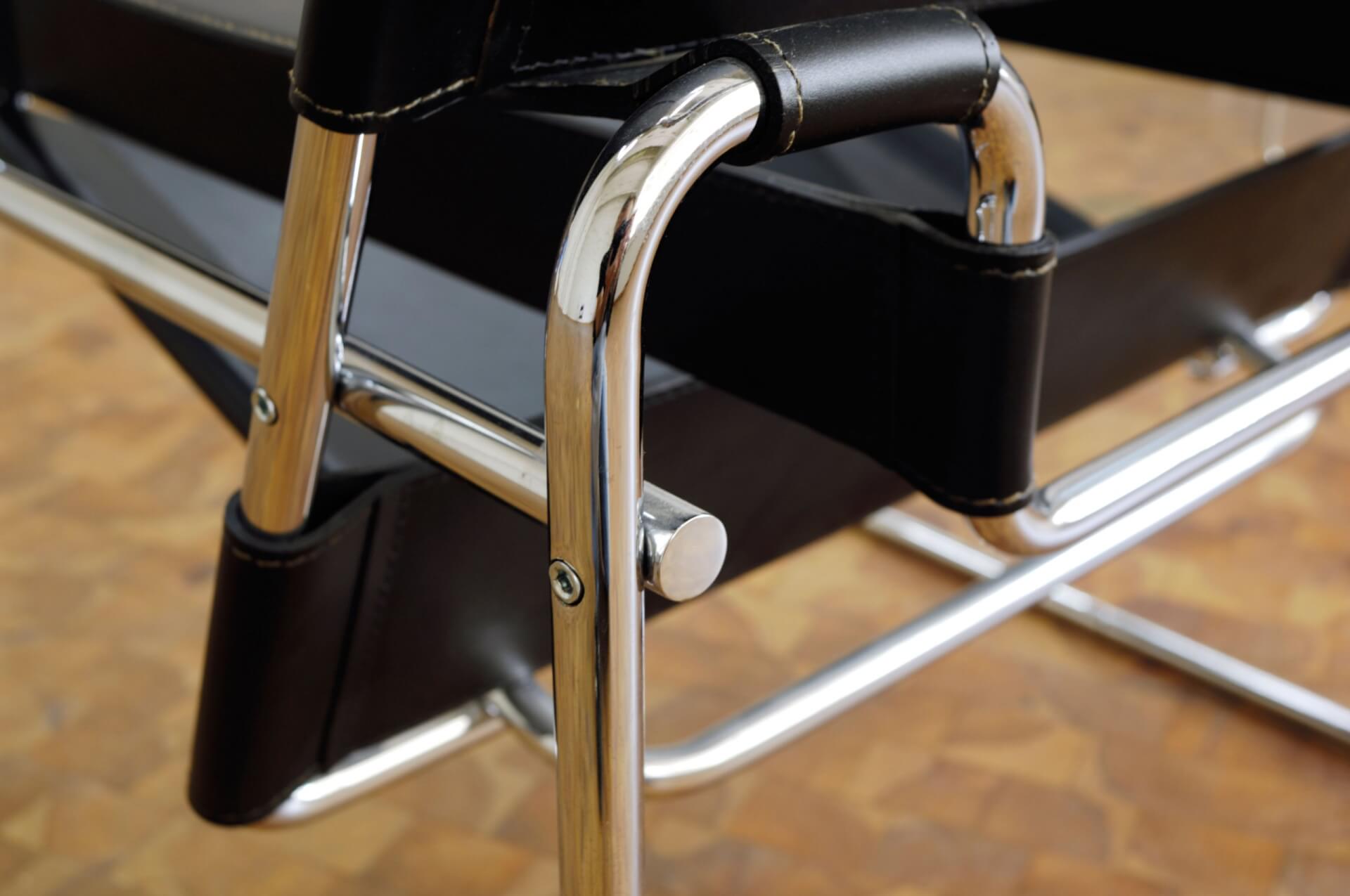You know your craft is having an impact when the Nazi party tries to shut you down. That’s exactly what happened to the Bauhaus movement when its last active school was forcibly closed by the Gestapo in 1933. But why would the Nazi party care so much about an artistic movement? Especially when Hitler himself was so enthusiastic about the Arts. That’s because they were polar opposites; while Hitler’s National Socialism was insular and nostalgic (to put it lightly!), Bauhaus was outward-looking and avant-garde.
Being outward-looking is just one of the key teachings that Bauhaus founder Walter Gropius was keen to instil. He encouraged students to go outside their craft and saw no difference between an artist and a craftsman. For Gropius, the principles of good design transcend mediums and formats. Today, we’re very familiar with this philosophy and many artists will talk about the importance of training ‘the eye’. This ability to see things in a fresh light or find beauty in the mundane is often the catalyst for great design.
At the time, Gropius was tired of how elitist and conservative traditional art schools were. They were stuffy, inaccessible to many, and the results of their work were often overly decorative with little consideration for its practical function best characterised by the ornamental flourishes of Art Nouveau that preceded Bauhaus. In Walter Gropius’ own words: “An object is defined by its nature. In order to design it to function properly, one must first of all study its nature. For it to serve its purpose perfectly, it must fulfil its function in a practical way.”
Left: robertharding // Right: Heritage Image Partnership Ltd
One hundred years later, we don’t really appreciate this attitude anymore as it’s so ingrained in modern design that we forget how many Bauhaus influences surround us. If you work in a ‘boring’ office block, notice how functional every aspect is and notice how raw materials such as metals and wood are often on display – this is the Bauhaus way.
Gropius’ obsession with materials and their “nature” was shared with Hungarian designer Marcel Breuer who designed the infamous Wassily chair where the tubular pipes are shown with pride. The Bauhaus philosophy was about finding beauty in simplicity and few things characterise this better than the Wassily chair which is essentially a club chair stripped down to its bare essentials; no frills, no filler.
Furthermore, the simplicity also allows the chair to be massed-produced which was another important Bauhaus teaching. With tensions still brewing in between the two World Wars, Gropius thought it was vital that the manufacturing process was factored into the design. After all, what good is a product if it can’t be produced quickly enough – form follows function in every aspect.
So what can we learn from the Bauhaus movement today?
- Keep it simple – In a world with so much noise, we’re trying harder and harder to break through all the traffic, leading to more and more crazy ideas in a bid to garner attention. While it’s important to keep experimenting and trying new things, that doesn’t mean you can’t keep it simple. Never say more than you have to and never add anything that doesn’t add to the desired outcome. Superfluous details only distract your audience from the parts that matter.
- Use technology – Gropius understood that technology was playing an increasingly significant role in modern life and saw no reason why artists should ignore developments in this area. Bauhaus schools even converted their workshops to laboratories to accommodate this approach.
- Go outside your comfort zone – Gropius encouraged his students to practice other crafts; to expand their horizons and keep learning from each other. Many of the principle teachings in art are translatable so if you’re a photographer, go and do some clay modelling, and if you’re a designer, try your hand at woodworking.
- Break the status quo – Gropius was tired of pretentious Art Schools and thought manufacturing was too stale. Change only happens by doing things differently to everyone else. For Gropius, everything was way too pointlessly decorative, so he went minimal with a focus on function. What is everyone doing too much of today?
- Form follows function – This is especially pertinent today where people are becoming increasingly conscientious about what they buy. Mass production has meant that accumulating clutter is too easy. Gone are the days of excess: if it doesn’t have a function, it doesn’t have a purpose.
Looking for Bauhaus imagery? Look no further, we’ve curated a lightbox for the anniversary right here.

